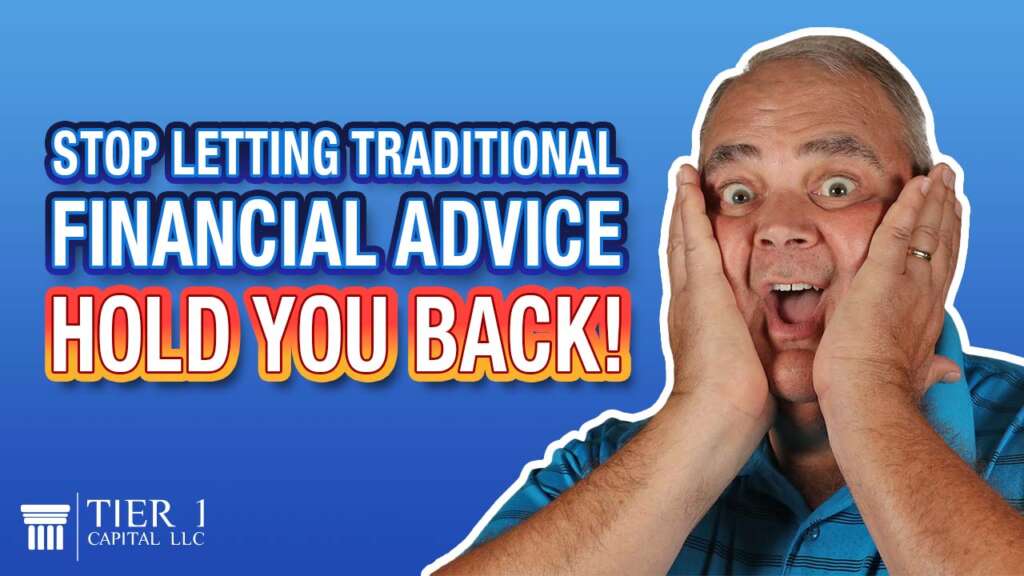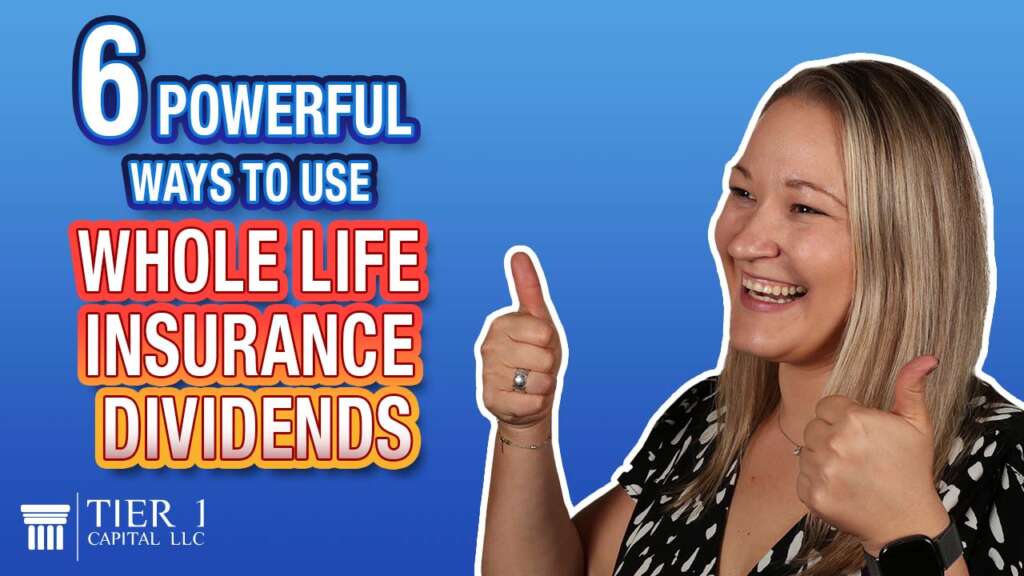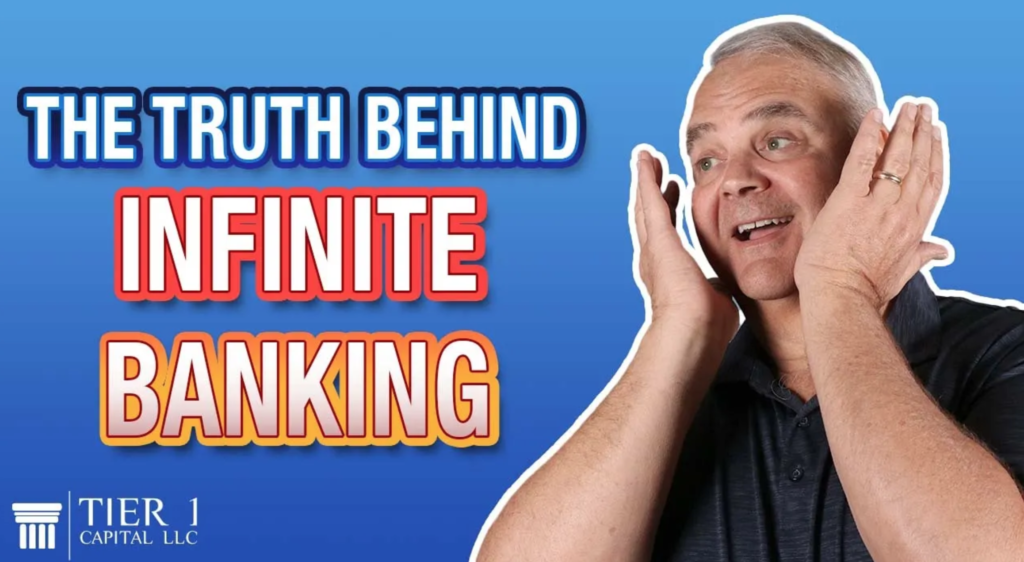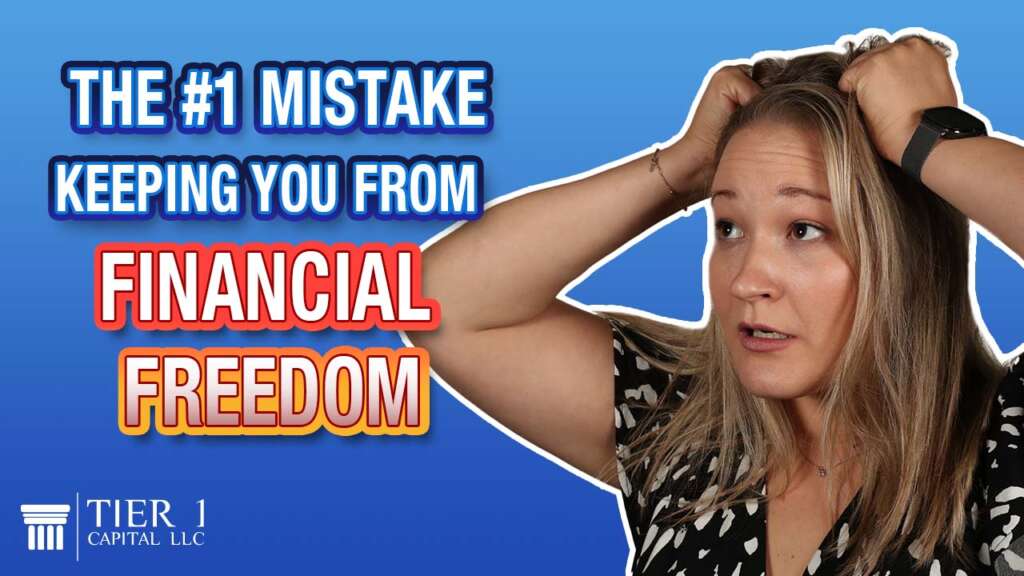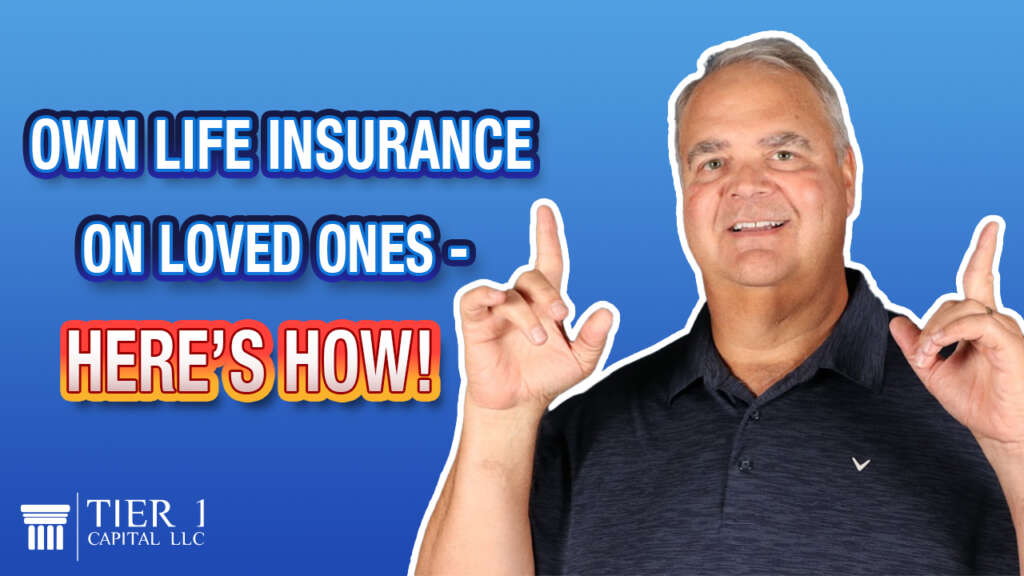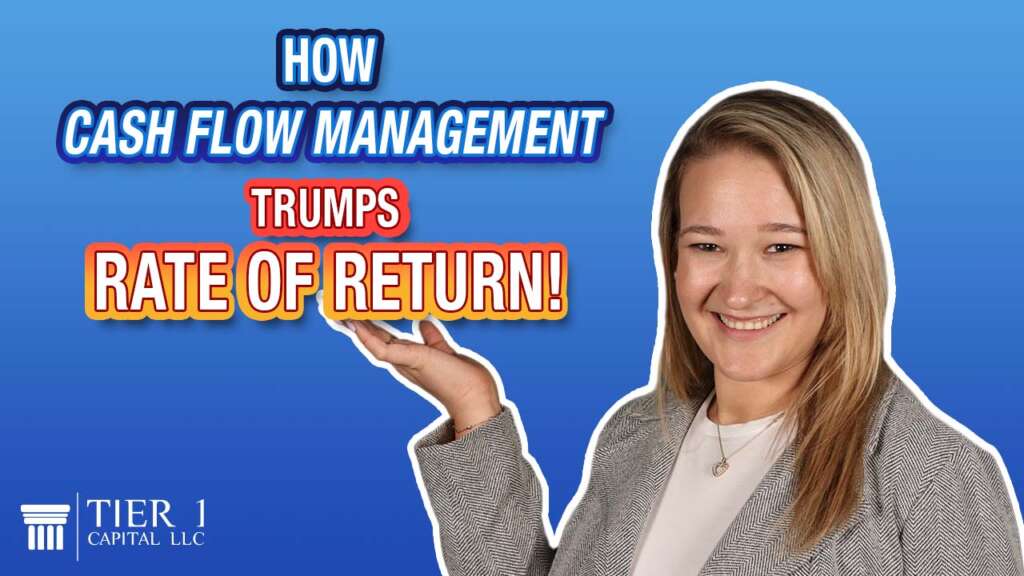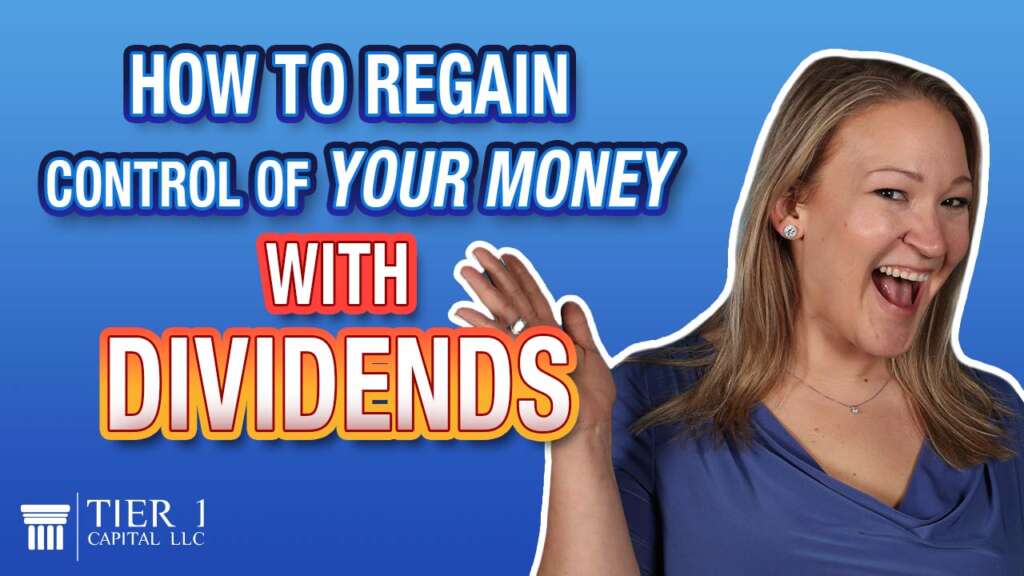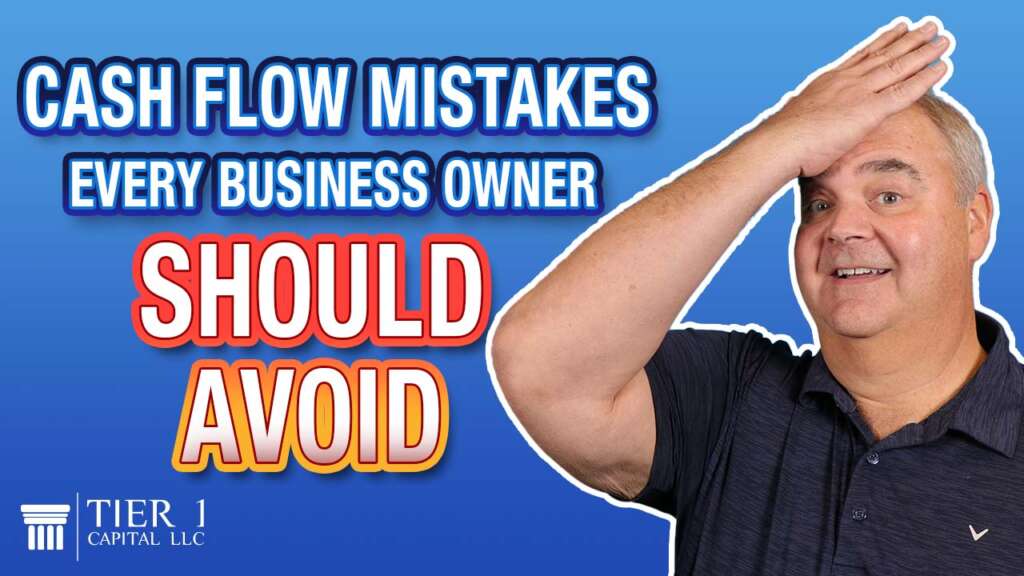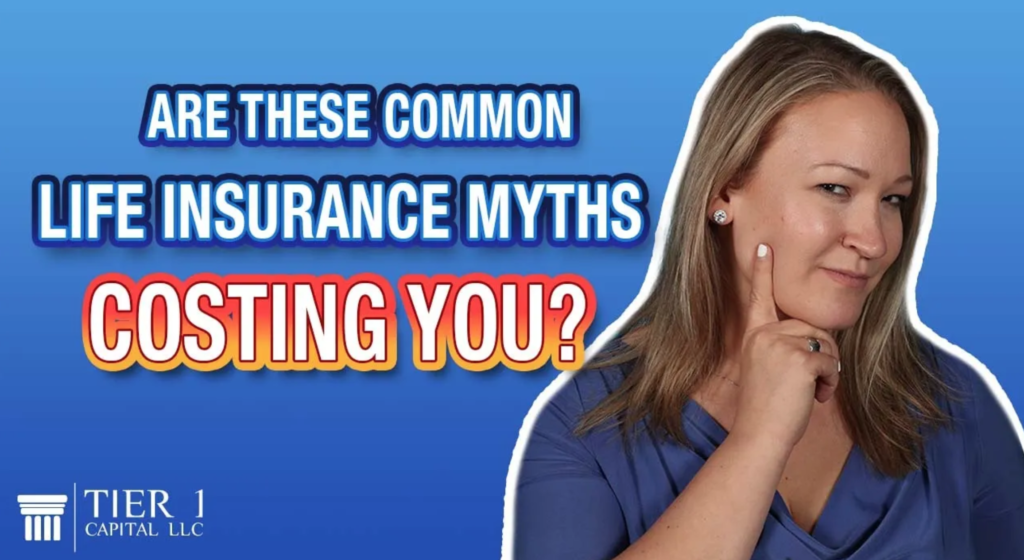
When it comes to life insurance, it can feel confusing. There are many myths about who needs it and when. Today, we’re debunking five common myths about life insurance.
The first myth is “I’m young, single, and healthy. I don’t need life insurance.” This couldn’t be further from the truth. When you’re young, single, and healthy, you have the most cash flow, health, and time to lock in the lowest premiums. Life insurance will never cost less than it does today, especially for whole life insurance. Whole life insurance provides more than just a death benefit. It builds cash value, acting like a savings account that you can access with full liquidity. Plus, you pay for life insurance with your money but buy it with your health. Starting young ensures lower premiums and guarantees coverage when you need it most.
Another myth is that life insurance is expensive. The cost of life insurance, especially whole life insurance, can be broken down into gross cost and net cost. Gross cost is the monthly premium, while net cost accounts for the accumulating cash value within the policy. Over time, the net cost is often zero or even positive with a dividend-paying, mutually owned policy. The insurance company makes two promises with a whole life policy: to pay the death benefit whenever the insured passes away and to ensure the cash value equals the death benefit by maturity (age 100 or 121). This contractual guarantee offers long-term value that can make life insurance an affordable financial tool.
There is also the myth that life insurance is unnecessary after retirement. Many believe life insurance is unnecessary after 65, but this is a myth. If you don’t accumulate enough assets, life insurance can ensure a legacy for your family. Even if you’re successful financially, life insurance can cover estate taxes, ensuring your heirs can inherit your assets without financial strain. Life insurance cash value is among the most valuable parts of a retirement portfolio. Unlike other accounts that are taxed upon withdrawal, the cash value from life insurance is accessible tax-free. Many clients in their 60s and 70s don’t want to get rid of their policies—they want more! The best strategy is to purchase life insurance early to have it when you truly need it.
Another misconception is that life insurance is a lousy investment. Comparing life insurance to investments is like comparing apples to racing cars. Investments carry risk, but whole life insurance is a contractual guarantee. It offers stability, liquidity, and control—features that investments often lack. Life insurance can also serve as a financial safety net during emergencies or allow you to seize investment opportunities without liquidating assets. Its stable growth and accessibility make it a valuable financial tool.
Lastly, there is the idea that you should only buy term insurance because it’s cheaper. The idea of “buy term and invest the difference” might sound appealing but comes with risks. Investments are subject to market volatility, taxes, and limited access. While term insurance might seem cost-effective, most people fail to invest the difference as planned. Whole life insurance provides certainty and guaranteed growth, making it a more reliable option for many.
Life insurance is often misunderstood. We’ve tackled five myths today, but if you have more, drop them in the comments—we’d be happy to cover them in a future blog post. You can also visit our website, Tier1capital.com and schedule your free strategy session.Remember, it’s not how much money you make but how much you keep that matters.



